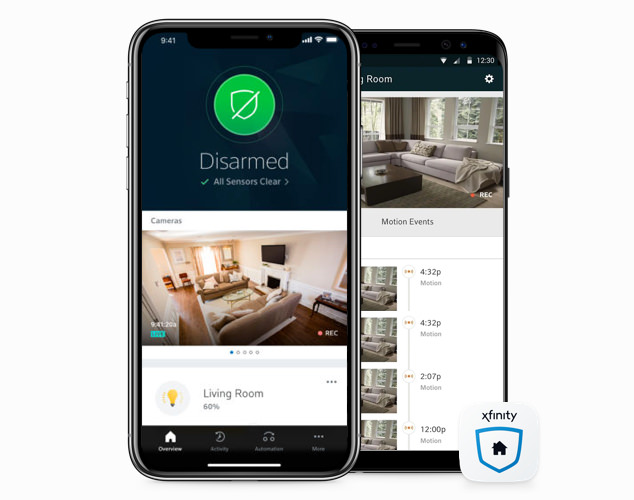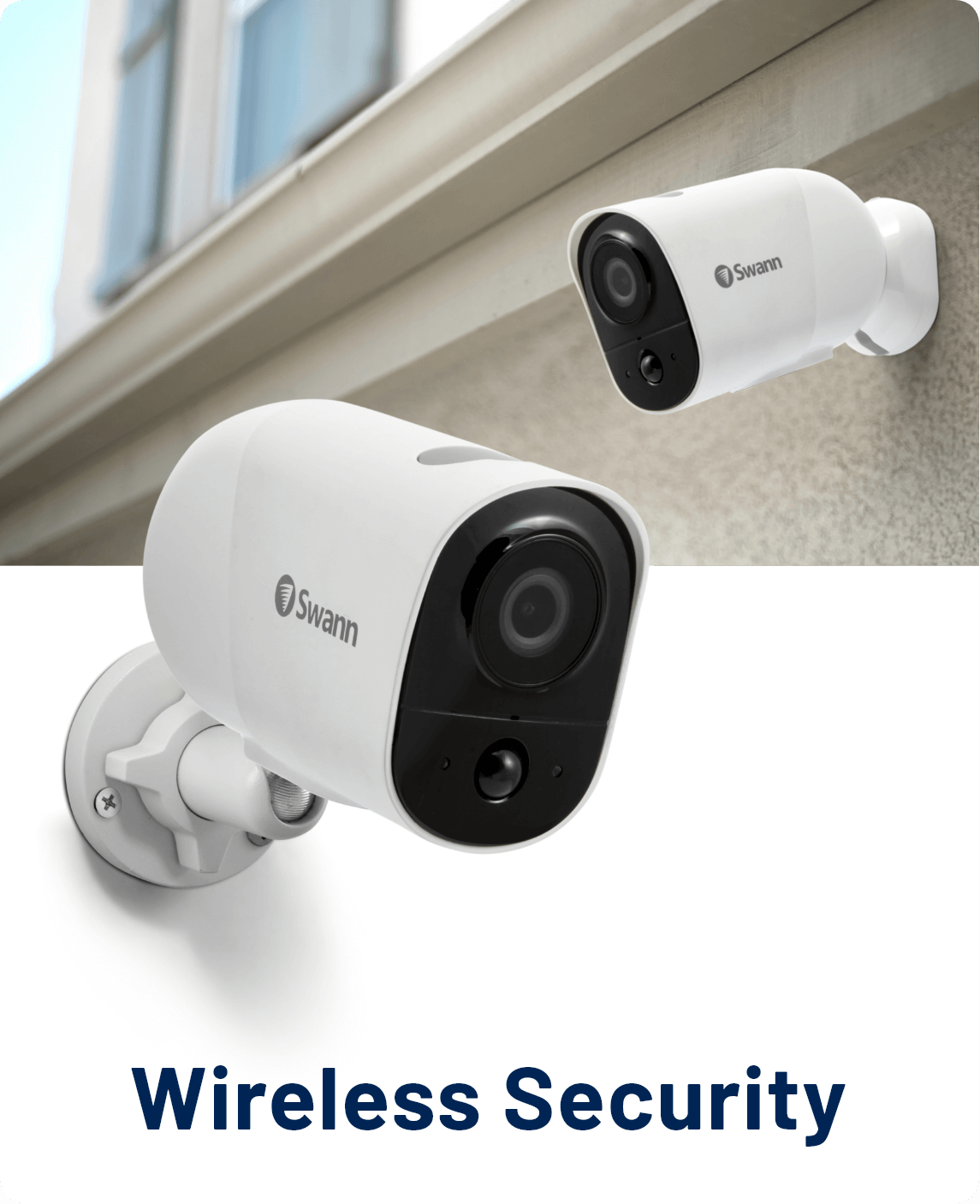
A deadbolt is an important part of your door lock system that can help secure your home and keep out intruders. It is more difficult to manipulate than other locks, which makes it a powerful tool for defending your house. Deadbolts are vulnerable to shimming and other bypassing methods.
Deadbolts are a great addition to your lock set. However, they must be installed correctly. Incorrect installation or the use of incorrect parts can lead to a malfunctioning lock that invites burglars.
A deadbolt is made up of several parts, including the bolt itself, the latching mechanism, and the turning piece. These pieces can all be found on the exterior of your door and are important for operating your deadbolt.
The bolt itself is a metal cylinder which engages the door frame. This cylinder is used to lock or unlock the door, and when it's locked, it withdraws into the faceplate of your lock.

There are a few different types of parts within the cylinder of your lock, including the keyway, the rotor, and the spring. The rotor will turn when the correct key is inserted in the lock. The cotter pin is an additional piece of the cylinder that undergoes pressure from a spring, and it will align with the grooves in a key to form a pattern that releases the bolt.
Cotterpins are commonly used in deadbolts. Usually made of flexible metals, they add tension to the cotterpin, preventing the rotor moving until a pin set that is correctly aligned has been adjusted.
A spring is another component of the cylinder. A coiled piece metal adds tension on the cotter. The spring prevents the rotor from rotating when it is activated.
Other parts of the cylinder that are commonly used in deadbolts are the stator and the keyway. The stator is an additional component of the cylinder that interacts with the rotor to enable it to turn when the correct key is inserted.
The keyway is an external slot on your lock cylinder that connects with a series internal pins. The key will align itself with the pins when it is inserted into a cylinder.

A rotor can be described as a piece of small metal that sits within the cylinder on your lock. When you insert a compatible cylinder key, it turns. This is what releases the bolt when you pull it out of the lock.
The lock spring, the key and the cam that operates a deadbolt are all parts of a lock that can wear or break with time. You'll have to replace these damaged parts with new ones or repair the lock to get it working again.
You can also consult a local locksmith to determine which parts you need to get your deadbolt working again. A local locksmith can help you determine what parts are required to fix your deadbolt.
FAQ
What are the differences between home security systems?
Consider the threats in your neighborhood. If there is a lot crime in your area, you may want an alarm to sound when someone enters your home. If you live in a rural area where there aren't many burglaries, then you may not need as much security.
You also need to consider whether or not you're willing pay more for these extra features. Some systems come with built-in cameras while others don’t. Some systems allow you to remotely monitor your home, while others require that you be present to view the footage.
What is the best security system?
How valuable your home and personal belongings are will dictate the type of security system you choose. The cheapest alarm system, which doesn't offer enough protection, is the basic one. Or you can get a more advanced one which offers better features like remote monitoring, video surveillance, and access control.
What Home Security Systems are Unhackable?
This question is dependent on the definition of hacking. Hacking is the unauthorised access to computer networks or systems. Because they don't contain software that allows remote control, most home security systems can't be hacked. They will not permit anyone to enter your house without your permission.
However, some home security systems can be hacked if they are connected to the Internet. These systems typically require a password for operation, so anyone who knows the correct password can hack them.
Statistics
- Related questionsHome security systems that are 100% DIY (safewise.com)
- Cove sets you free without punishing penalties and fees, unlike other security solutions that charge 75% to 100% of your remaining contract. (safewise.com)
- Depending on your insurance, 24/7 professional monitoring may qualify you for as much as 15% off your premium. (safewise.com)
- That's probably why Cove has a whopping 98%* customer retention rate. (safewise.com)
External Links
How To
How to test home security systems
How to test a Home Security System
Your alarm monitoring program must be installed on your computer as a first step. You should download the latest version from the manufacturer's website. Next, set up your phone number to allow monitoring centers to route calls directly to your number. You can contact your local service provider for assistance if you are unsure how to do it. You are now ready to test your setup!
There are two ways to test your device. You can test your system by using a dummy device. This is a fake device, which appears just like the real thing. The fake device has many of the same features as the original, but it does not actually work. It sounds exactly like the real thing if it were working properly when it is turned on. But, using a dummy device has its limitations. It doesn't provide any information about the system's actual functionality. Second, it might look suspicious to people who see it sitting around. If it is stolen, it can pose a problem.
Another method is to manually test your system. This involves going through the entire system one-by-one to make sure it is functioning properly. You would check, for example, whether the motion sensors are working, the cameras are recording properly, and if the door locks work. You should test each of these items at least once a week. Once you have tested everything thoroughly you can be confident that your system works well.